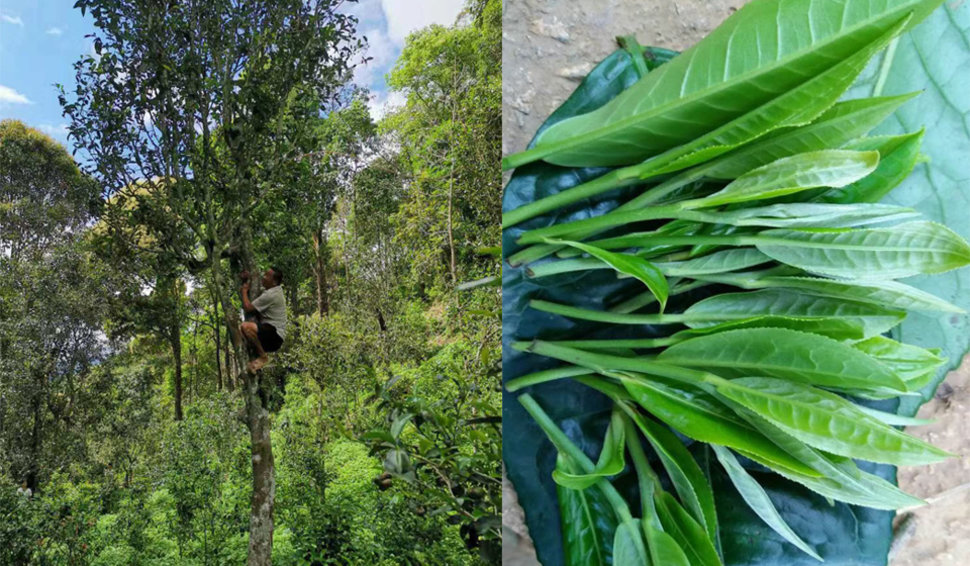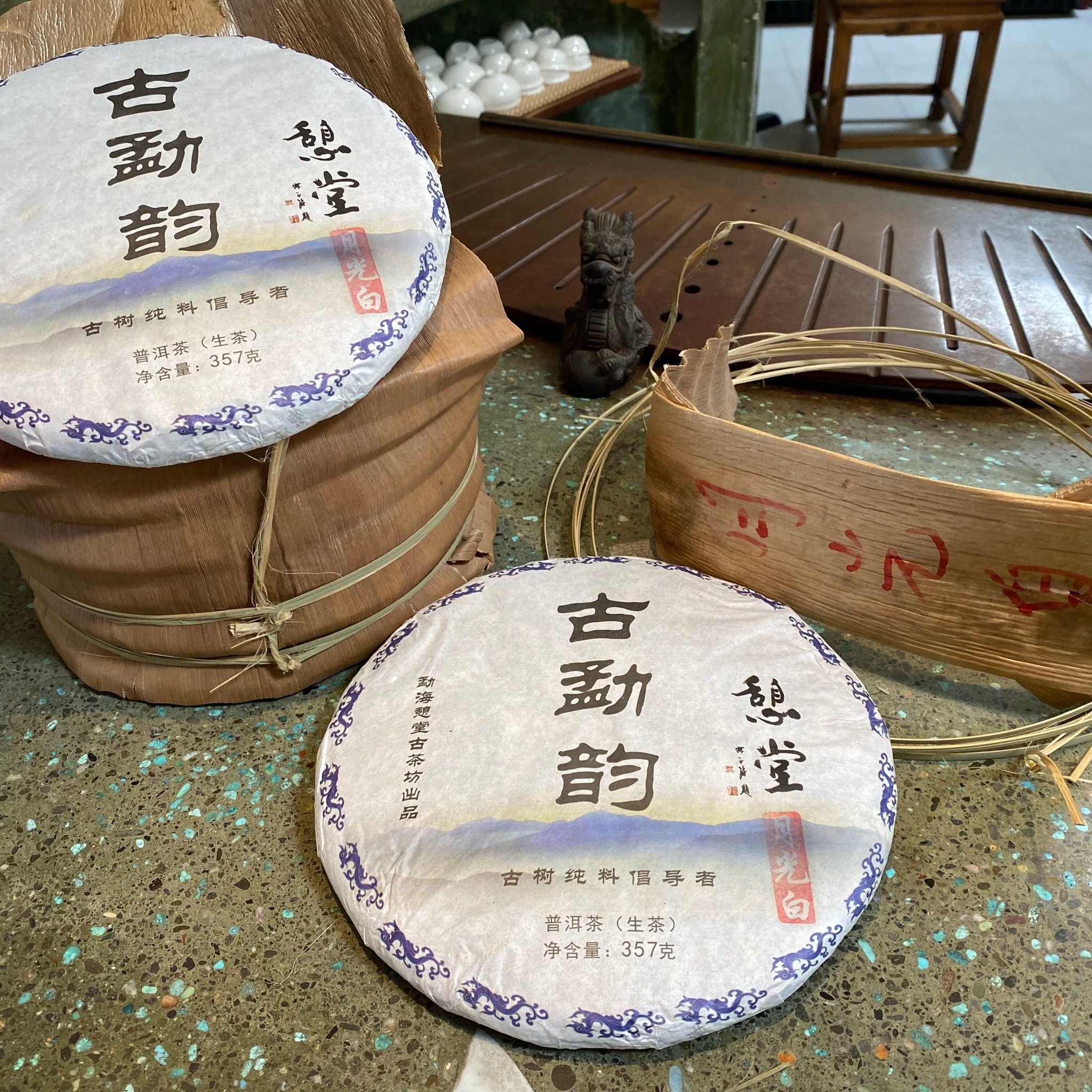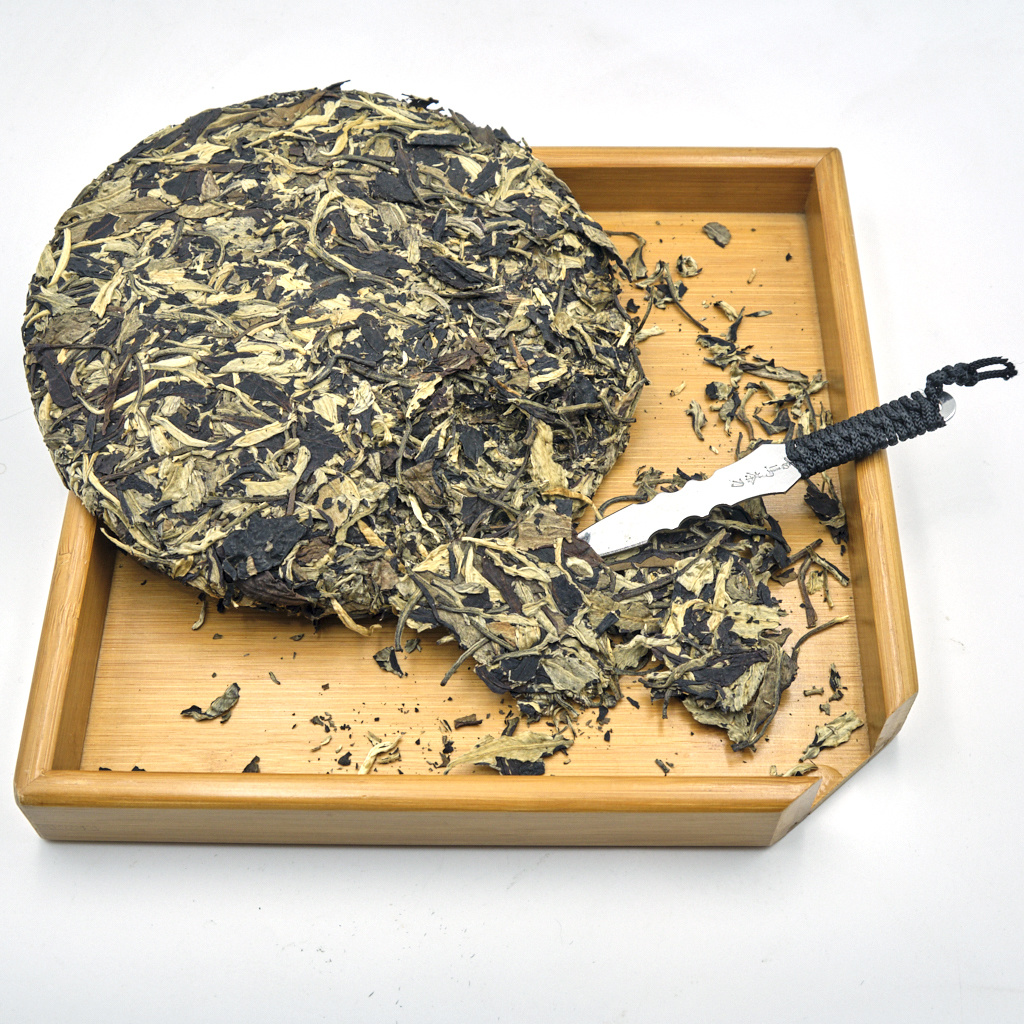Login
Log in if you have an account
Please note: If your account was stored on our previous platform, you will need to re-register. We apologize for the inconvenience.
Dont have an account? Register
Spotlight on Moonlight White 月光白 ~ Calling All Lovers of the Night

The bing cha 餅茶 (disc-shaped cake) is a familiar sight for Pu-erh lovers, but not all cakes are Pu-erh tea! White tea is also compressed into cakes, allowing it to be stored and aged for many years. As white tea ages, its flavor softens, revealing an earthy sweetness and hints of dried fruit. The result is a significantly different tea than fresh white tea.


Aged white tea is becoming increasingly popular among tea producers and lovers. White tea has more capacity to be aged because it does not go through high temperature sha qing (kill-green) where the tea leaves are heated to destroy enzymes and stop the oxidation process. As white tea ages, some enzyme activity continues which changes the flavor, aroma and energy of the tea.
White tea was originally named for the silvery white fuzz on the unopened buds of tea leaves from Fuding, Fujian, China. Many fresh and aged white teas are from this region. Our 2012 Ancient Tree Jing Mai Moonlight White is from Yunnan in southwest China, far from Fujian in southeast China where white tea originates. In Yunnan, the white tea leaf varietals are mostly large-leaf species, though there is a small amount of medium-leaf as well. Our 2012 Moonlight White is from an arbor at 1500+ meters in Jing Mai Mountain 景迈山. The leaves are picked and placed in a ventilated, roof-covered sun shed or in an open space with shaded sun. The long withering of the leaves allows the taste to settle and removes any astringency.
A cake of Moonlight White (Yue Guang Bai 月光白) offers contrasting white and dark, almost black, leaves pressed together. The name “Moonlight White” perhaps comes from the image of the silvery-white moon set in the night sky. “Moonlight” may also refer to leaves being withered in shaded sun or indoors, as opposed to more direct sunlight that Fujian white teas are exposed to.
There is ongoing debate about the categorization of Yunnan aged white tea versus sheng Pu-erh. Generally, sheng Pu-erh goes through sha qing (kill-green) to deactivate some of the enzymes and is then stored, sometimes in compressed form, and left to age. We will not go too much further into the difference between aged white and sheng Pu-erh at this time, but for those of you who read Chinese characters, you may notice that our 2012 Moonlight White cake wrapper says “普洱生茶” (Pu-erh Sheng Cha). This tea was originally categorized as a sheng (raw) Pu-erh until 2018 when the terms of the categorization changed. Now it is officially categorized as an aged white tea. Are you confused yet?? Do you think we should request an updated cake wrapper??



